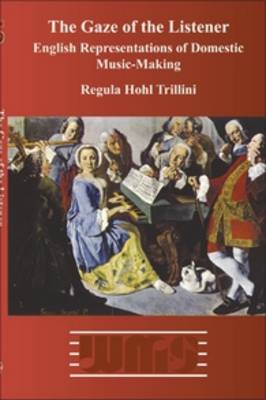Word and Music Studies
1 primary work
Book 10
This study analyzes representations of music in fiction, drama and poetry as well as normative texts in order to contribute to a gendered cultural history of domestic performance. From the Tudors to the First World War, playing the harpsichord or piano was an indispensable asset of any potential bride, and education manuals as well as courtship plots and love poems pay homage to this social function of music. The Gaze of the Listener charts the fundamental tension which determines all these texts: while music is warmly recommended in conduct books and provides standard metaphors like concord and harmony for virtuous love, a profound anxiety about its sensuous inarticulateness and implicit femininity unsettles all descriptions of actual music-making. Along with repressive plot lines, the privileging of visual perception over musical appreciation is the most telling indicator of this problem. The Gaze of the Listener is the first coherent account of this discourse and its historical continuity from the Elizabethan to the Edwardian period and provides a significant background for more narrowly focused research. Its uniquely wide database contextualizes numerous minor works with classics without limiting itself to the fringe phenomenon of musician novels. Including a fresh account of the novels of Jane Austen in their contemporary (rather than Victorian) context, the book is of interest to scholars and students in gender studies, English literature, cultural studies and musicology.
